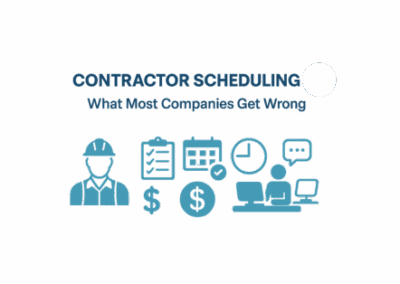
How the ACA impacts your company depends on the number of employees or the number of W2s in any given year. Any companies with 50 or more “full-time equivalent employees” (FTE) are required to offer health benefits to employees who average at least 30 hours of work per week. Under the “Pay or Play” provision, you may elect not to provide health care and pay an annual penalty.
In order to comply with the “Pay or Play” provision, you will need to determine the size of your company.
Here’s how you can determine of if you have 50 full-time equivalent employees using the Look Back Period.
The Look Back Period is actually comprised of three stages:
- The Measurement Period
- The Administrative Period
- The Stability Period
Measurement Period
This is a time period 3-12 months in length during which you need to look at an employee’s work history to determine whether or not that employee has worked more than 30 hours a week on average. If yes then that employee is considered a full-time equivalent employee.
Administrative Period
This is the period of time – not more than 90 days during which you will be doing the measurement, making the determination of whether or not an employee is an FTE and notifying them of their status and eligibility.
Stability Period
Once you have determined and notified the employee of their full-time status, employees will be considered full-time for a stability period, which can be no less than the measurement period. At the end of the stability period, you may again measure the employee’s status.
How does this work?
As an employer, you must choose the amount of time for your measurement period. Let’s say you opt to use the maximum allowed which is 12 months. If the ACA were to take effect January 2014, this means the measurement period needs to run from October 1 2012 to September 30 2103.
Let’s also assume that you have opted the maximum 90-days for the administrative period. During this time you will be gathering the hours worked by your employees, crunching the numbers, making the determinations as to full-time status and notify your employees regarding their eligibility for coverage.
For the purposes of the exercise, let’s assume the ACA’s employer mandate begins January 1 2014. This means that the administrative period would run from October 1 2013 to December 31, 2013.
Beginning on January 1, 2014, you must thereafter treat eligible employees as full-time employees for a 12-month stability period that ends on 12/31/14, even if their average hours worked during this stability period are fewer than 30 hours per week. [The stability period can be no less than the measurement period used by the employer to determine the employee’s status for a stability period.]
You can thereafter reassess their status going through the same process for the next stability period that commences on January 1, 2015.



